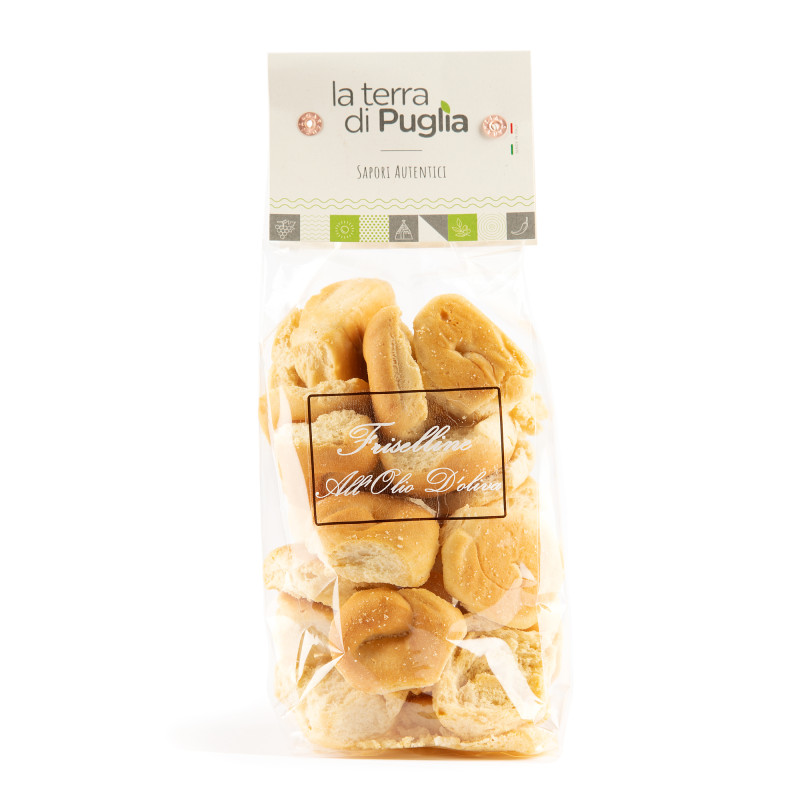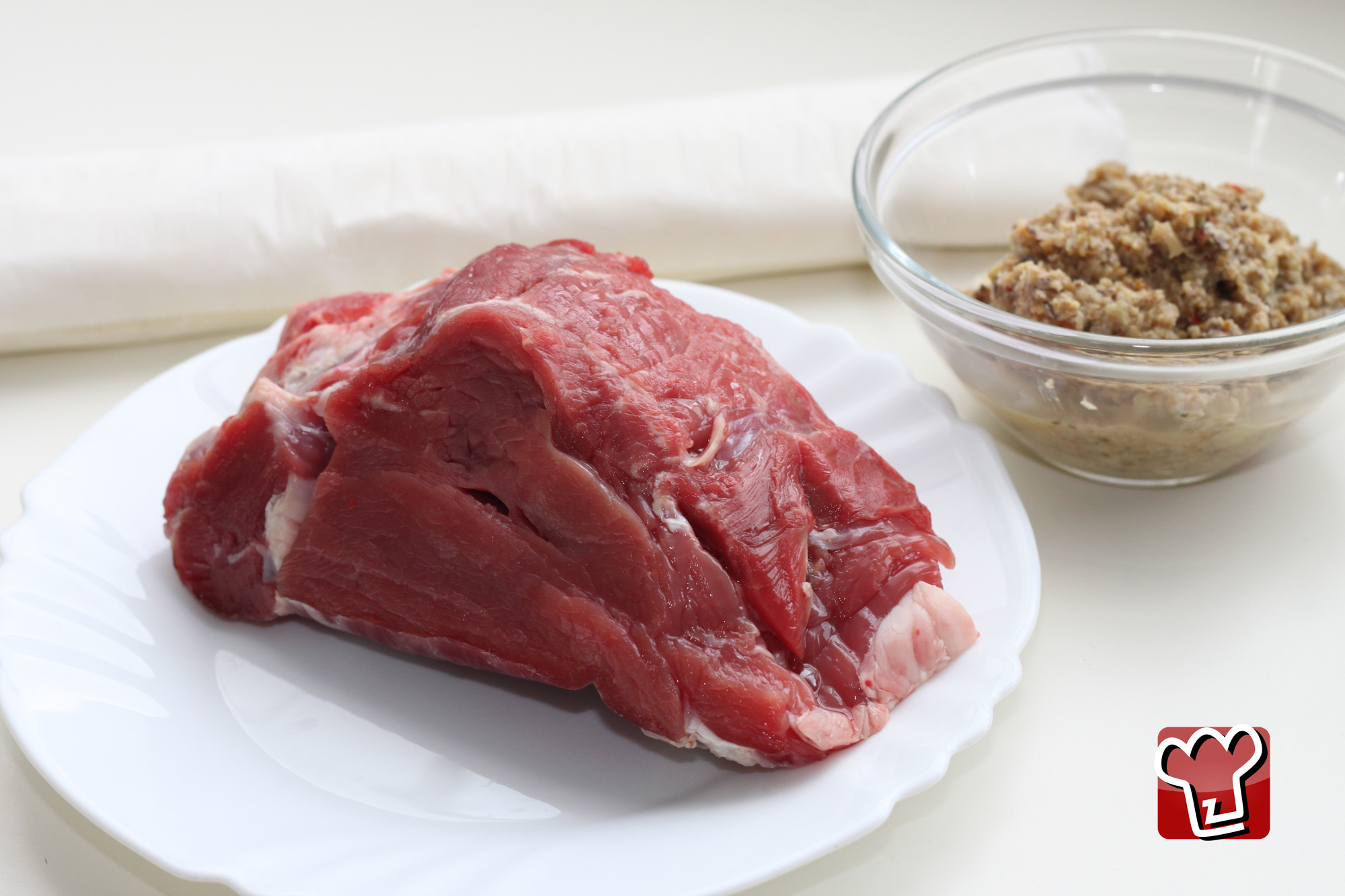Beef Wellington
Even within gastronomy one must often trawl through history because great men throughout the ages have loved their food and, in many cases, have lent their genius and their creativity to the kitchen, creating dishes and delicacies that centuries later still manage to impress and win people over. Beef Wellington is one such example. It owes its name to the famous Duke of Wellington, hero of the Battle Waterloo. The story is that he was not particularly bothered by what he ate, but there was one dish that sent him into ecstasy. It was this beef fillet wrapped in a shell of puff pastry, made even more delectable with a delicate sauce of creamed mushrooms. It was a dish that the Duke asked to be made and served to him wherever he went - and that is why it got the name ‘Beef Wellington’.
Ingredients

Send the recipe
Preparation
Prepare a mushroom sauce by frying the thoroughly cleaned and sliced mushrooms in oil, garlic and parsley. Don’t add liquid. When the mushrooms are cooked, blend them until you get a thick sauce. Roll out the puff pastry and prick it with the prongs of a fork. Spread it with the prepared mushroom sauce. Take the fillet and massage it with salt and pepper. Brown it well on all sides, using a small pan over a high heat. Then pat it dry and lay it in the centre of the pastry. Tightly roll it up and seal the edges. Brush with egg yolk or milk so you get a nice golden brown finish. Bake at 180°C for 40 minutes. Remove from the oven and serve with a nice side dish of potatoes.
Step by step
|
View the step by step
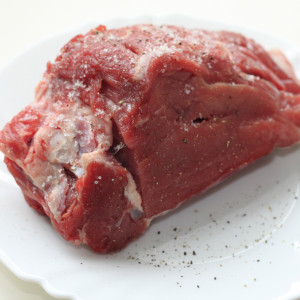
|
Massage some salt and pepper into the fillet
|
|
View the step by step
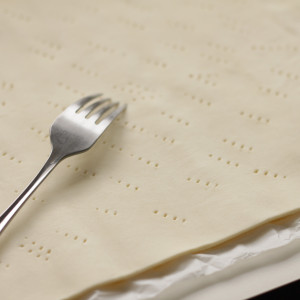
|
Roll out and prick the pastry with a fork
|
|
View the step by step
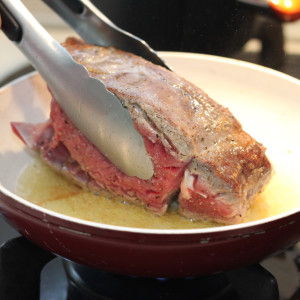
|
Brown the fillet in some hot oil on both sides
|
|
View the step by step
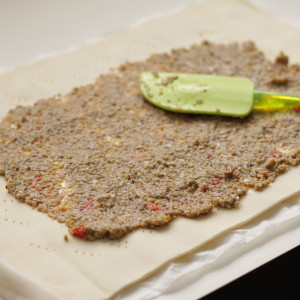
|
Spread some creamed mushrooms on the pastry casing
|
|
View the step by step
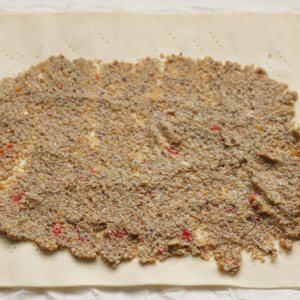
|
Take care to leave the borders free of the sauce
|
|
View the step by step
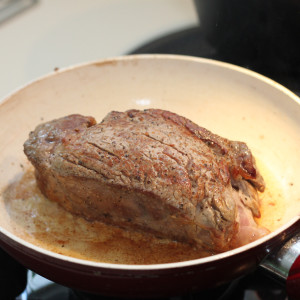
|
Brown both sides of the fillet in a frying pan
|
|
View the step by step
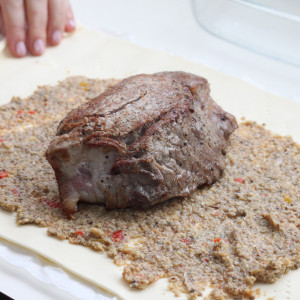
|
Rest the fillet on the mushroom sauce
|
|
View the step by step

|
Seal the borders of the pastry well
|
|
View the step by step
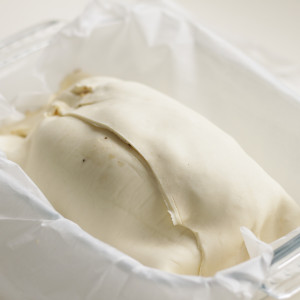
|
Put the fillet in an oven dish
|
|
View the step by step
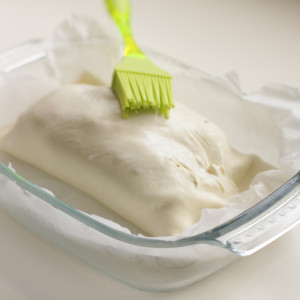
|
Brush the fillet with milk or egg yolks which will give it colour while cooking
|
|
View the step by step

|
Accompany your fillet with some roast potatoes
|
|
View the step by step
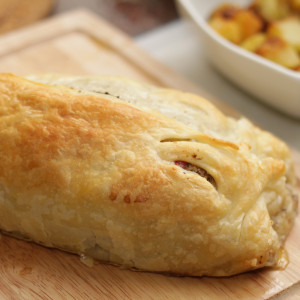
|
Prepare to slice the fillet
|
|
View the step by step
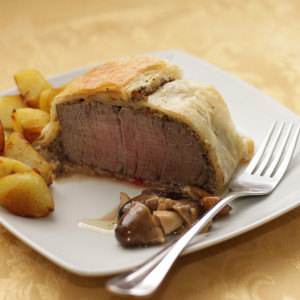
|
The Beef wellington is ready
|


